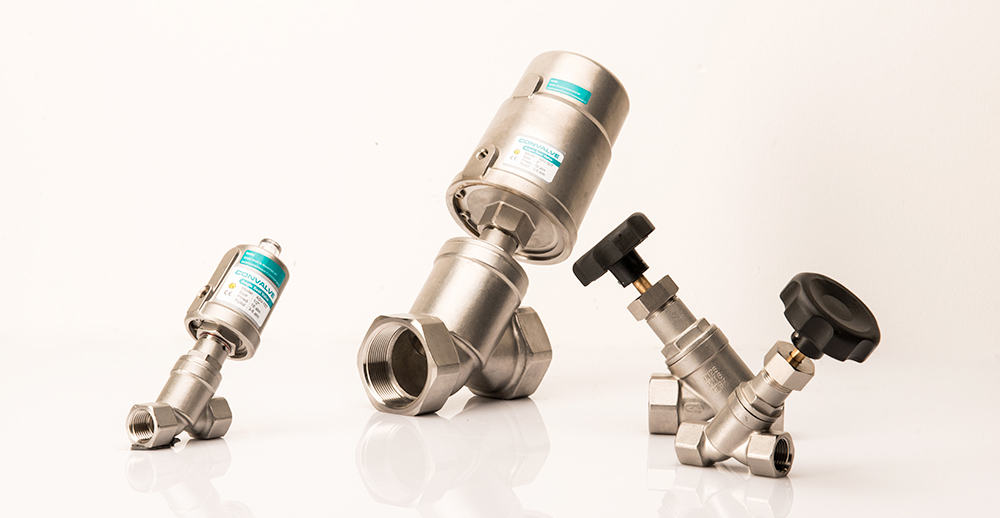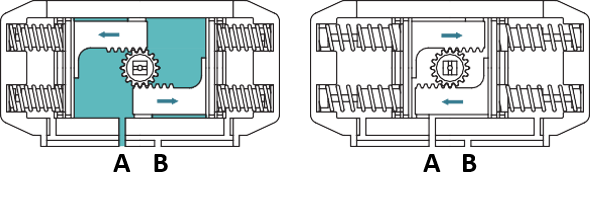Angle seat valves, sometimes referred to as angle seat piston valves, are integral to fluid control systems. They offer accurate flow regulation in various industrial scenarios. Pneumatically actuated with a piston, these valves handle multiple media types, ensuring reliable shut-off and modulation for numerous tasks.

DESIGN INSIGHTS :
- Strength and Dependability: Crafted predominantly from stainless steel or other corrosion-proof materials, angle seat valves are robust. Their unique angled seat design ensures unhindered flow when the valve is open. This results in impressive flow rates and little to no pressure losses.
- Versatility in Action: Capable of controlling liquids, gases, steam, vacuums, and even aggressive fluids, angle seat valves can withstand high temperatures and manage high-viscosity media. This is true even at zero differential pressures.
KEY BENEFITS :
- Optimal Flow Regulation: These valves guarantee precise and efficient fluid flow control, fitting perfectly in scenarios needing exact control.
- Impressive Flow Capacity: Designed for high flow rates, they ensure consistent flow control across challenging industrial procedures.
- Long-lasting & Reliable: Made from resilient materials and a straightforward design, angle seat valves have a long lifespan and don’t need frequent upkeep.
- True Versatility: Their compatibility with diverse media, even those that are aggressive or hot, makes them suitable for multiple applications.
BROAD APPLICATION SPECTRUM :
- Food & Drink: They find use in food and drink industries, managing the flow of various media through production phases.
- Pharmaceuticals: They play a pivotal role in pharmaceutical production, offering precise and uncontaminated fluid control.
- Water Treatment: These are key in water treatment facilities, managing the flow of water, chemicals, and disinfectants.
- HVAC: Essential in HVAC systems, they control the flow of varying temperatures of water, steam, and air.
- Industrial Automation: They’re fundamental in automated systems, ensuring reliable fluid control.
OPERATING MADE EASY :
- Pneumatic Understanding: They operate using air pressure, which directs the piston actuator, raising the valve plug from its position.
-
- NC vs. NO: Normally Closed (NC) valves stay shut without pressure and use a spring to return to a neutral position. Normally Open (NO) valves stay open unless air pressure is applied to close them.
- Bi-directional Flow: Double-acting valves permit flow both ways. The valve position is determined by the supply air.
CONTROL MECHANISMS :
Three-way solenoid valves are the go-to for operating NC or NO angle seat valves. They handle the pressurization or release of the piston chamber. For double acting ones with two ports, a five-way solenoid valve becomes necessary.
CONCLUSION :
Angle seat valves stand out for their efficient flow control across industries. Their precise regulation, high flow capability, and durability make them an affordable alternative to ball valves. Choosing and maintaining them correctly ensures they work at their best in fluid control systems.

 Air to port A forces the pistons outwards, causing the springs to compress, The pinion turns counterclockwise while air is being exhausted from port B.
Air to port A forces the pistons outwards, causing the springs to compress, The pinion turns counterclockwise while air is being exhausted from port B.
